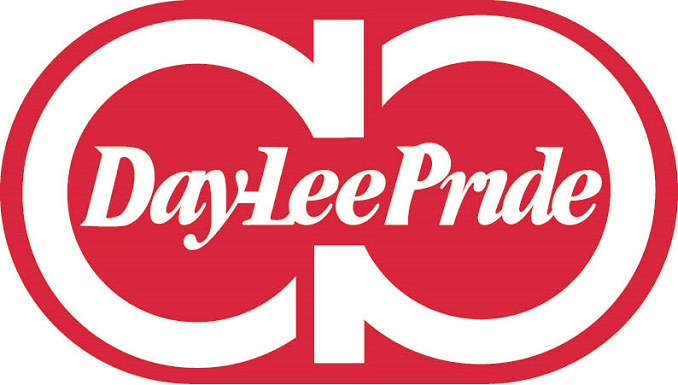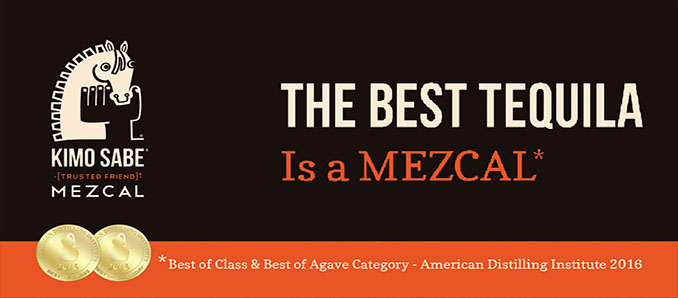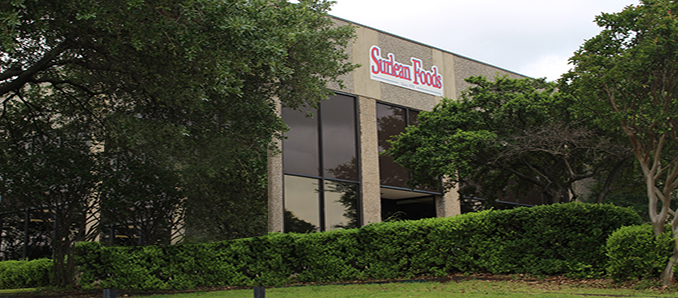The Importance of Sustainable Seafood for a Healthier Planet
By Broderick Booth Goran,
The term “sustainable seafood” is used to describe fish and seafood that is harvested in an ecologically responsible manner. The term also refers to the public awareness movement regarding issues of over-harvesting. Several conservation organizations promote the cause of responsibly harvested seafood. There are many restaurant owners and retailers who make a point of purchasing only sustainable seafood to sell and prepare for their customers.
There has been growing concern over the way many fisheries operate and the long-term effects of fishing and seafood harvesting on delicate ecosystems. In order to help address this concern, certain organizations that study conservation have started promoting the cause of sustainable seafood. Individuals who choose to consume seafood and fish that has been deemed sustainable can continue to enjoy eating the foods they like while ensuring that there will be enough fish left in the sea and enough seafood for the future.
The species that are considered sustainable can vary from year to year depending on farming practices and changes in ecosystems. These cycles are observed by conservation organizations which monitor the seafood and fish industries. Certain organizations publish a sustainable seafood list annually in order to help shops, retailers and consumers make conscious decisions about which seafood and fish they consume. These lists are available to educate the public and can be downloaded from the organization’s websites. The lists are also often available in a brochure format to provide people a list on hand when they are out dining or shopping for sustainable seafood. Many retailers of sustainable seafood affix labels or seals onto their products in order to help customer’s easily identify the sustainable products.
It is important for consumers to find out where their seafood originates. For those people who are concerned about determining whether or not the seafood they consume is sustainable, it is good to note that what determines whether or not something is sustainable many have more to do with how the seafood is raised, how it is caught and the location from where it is sourced, and less to do with the species of fish or seafood itself. In certain areas, seafood and fish is caught and managed with more sustainable means. This makes it vital for both consumers and advocacy groups to pay attention to product labels and to inquire from suppliers where the seafood and fish comes from.







